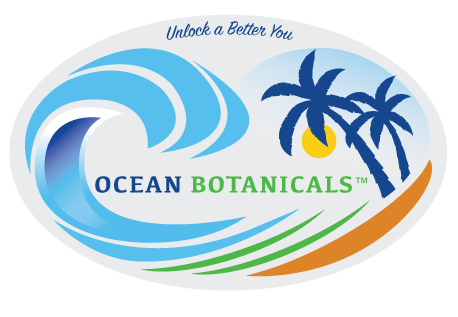
In recent years, Seamoss has gained considerable popularity as a health and wellness superfood. It has found its way into smoothies, supplements, and various other products, promising a multitude of benefits. But when did Seamoss become a "thing"? Let's dive into the history of Seamoss and explore its journey to becoming a sought-after ingredient in the health and wellness world.
The Seamoss algea has many varieties, the most welll known is, known scientifically as Chondrus Crispus, or Irish Moss, to the lay person, this species of red algae grows abundantly along the rocky shores of the Atlantic Ocean, particularly in Ireland and the Caribbean. It has been a part of traditional diets and medicinal practices in these regions for centuries. In Caribbean culture, Seamoss has long been revered for its nutritional value and believed to possess healing properties. It has been traditionally used to address various health concerns, including digestive issues, respiratory ailments, and as a general tonic to support overall well-being.
The recent surge in Seamoss's popularity can be attributed to several factors, including the growing interest in natural remedies and the increasing demand for plant-based, nutrient-dense foods. Additionally, influential figures in the health and wellness industry, as well as social media platforms, have played a significant role in bringing Seamoss into the spotlight. Celebrities and influencers have embraced Seamoss as a part of their wellness routines, sharing their experiences and the purported benefits they've experienced. This increased visibility and endorsement have undoubtedly contributed to the widespread recognition of Seamoss as a health-promoting ingredient.
While Seamoss's popularity has skyrocketed in recent years, scientific research on its health benefits is still evolving. Several studies have investigated the potential properties of Seamoss and its bioactive compounds. These studies suggest that Seamoss may contain antioxidants, antimicrobial agents, and potentially have anti-inflammatory properties. However, more research is needed to substantiate these claims and explore its full range of health benefits. Today, Seamoss can be found in various forms, such as dried seaweed, powders, capsules, and even in topical skincare products. Its versatility allows for easy incorporation into different aspects of our wellness routines.
Seamoss is often used as a thickening agent or an ingredient in smoothies, juices, and recipes, thanks to its natural gelatinous texture. It is also commonly consumed in powdered form or as a supplement, offering a concentrated source of essential vitamins, minerals, and trace elements. As the demand for Seamoss grows, it's essential to choose high-quality, sustainably sourced products. Look for reputable brands that prioritize responsible harvesting practices and undergo rigorous testing to ensure purity and safety.
So, while Seamoss's rise to popularity may seem like a recent phenomenon, its history as a nutrient-rich ingredient and traditional remedy spans centuries. Thanks to increased interest in natural wellness and the influence of social media, Seamoss has become a notable "thing" in the health and wellness industry. As with any health product, it's crucial to approach Seamoss with a discerning eye and consult with healthcare professionals before making significant changes to your diet or lifestyle. While Seamoss shows promise, ongoing scientific research will continue to provide insights into its potential health benefits.
References:
Wang, T. et al. (2020). Seaweeds from the coastlines as a functional food: Present status and future perspectives. Food Science and Human Wellness, 9(4), 272-283.
Craughwell, V. et al. (2019). A Review on the Potential Uses of Irish Seaweeds to Improve Health and Well-being. Marine Drugs, 17(7), 436.
